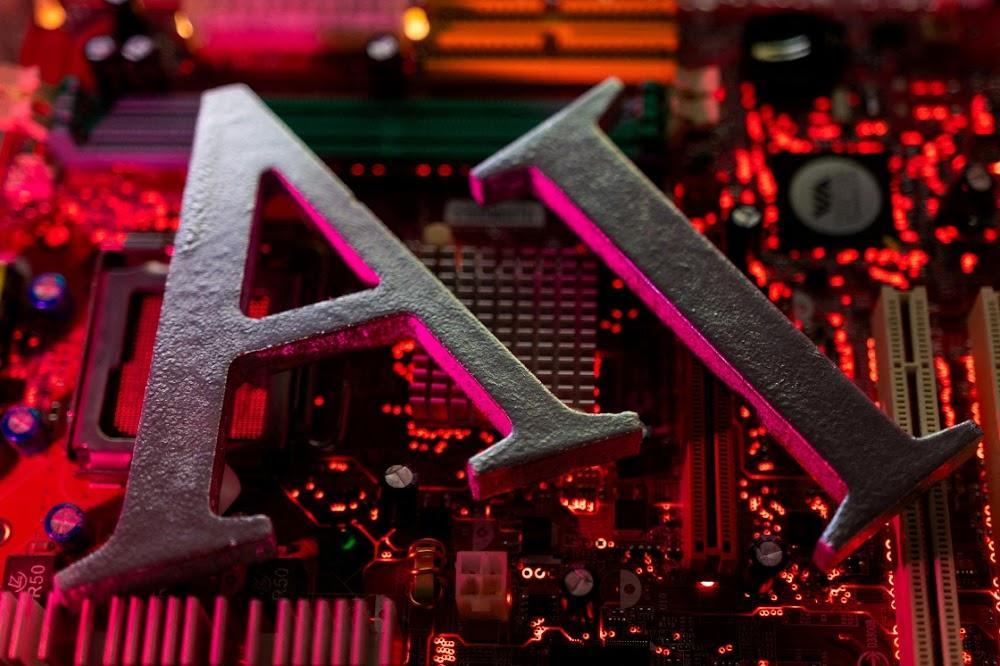Africa-Press – Rwanda. Is technology more job augmenting or job replacing? This has been a long-standing debate, but recent academic work suggests technology has been a net destroyer of jobs for decades.
Artificial intelligence (AI) and robotics could rapidly accelerate this trend, with significant implications for inflation, the size of government and US-China relations.
Over the long arc of history, technological advances have enabled industries to emerge as workers, released from “older” jobs by machines, have been able to transition into newer ones.
About 60% of workers today are employed in occupations that did not exist in 1940, or 74% if we consider only the professional category, which added the most workers during the past eight decades.
However, recent academic research suggests an inflection point may have been reached in the US where technology is destroying more jobs than it is creating.
David Autor, an economist at MIT and winner of the 2005 John Clark Bates Medal, argued that since 1980, the jobs replaced by automation have not been fully offset by new jobs created.
This reflects the pace of technological change and the fact that advancements are increasingly focused on “professional, technical, and managerial occupations”, Autor said, rather than lower-skilled work.
He found machines that are more powerful than an average human (for example, a tractor) are typically labour-augmenting and productivity-enhancing, while machines that are also smarter than the average human tend to be labour-substituting.
AI is on pace to be a lot smarter than most humans.
While forms of AI have been around since the 1940s, the immense computing power resulting from advances in semiconductor technologies has allowed machines to attain multidimensional intelligence.
It is therefore reasonable to assume many workers are going to be replaced by automation in the coming decades, even if the best AI is never as creative or imaginative as the smartest humans. A 2019 Oece report and a 2018 paper by PricewaterhouseCoopers argued 15% to 30% of all jobs in developed markets are at risk of being automated.
If AI does turn out to be a net job destroyer, what are some of the biggest implications?
It’s likely to be deflationary. High and rising unemployment resulting from ever cheaper and more capable machines should, in theory, lead to structural deflation as technologies that can rapidly augment the supply of goods and services should reduce demand if they cause massive job losses.
The US government will probably get even bigger. In a mass unemployment scenario, the government would likely be compelled to step in to facilitate income and wealth transfers from the owners of robots and tech businesses to unemployed workers.
Which countries will come out on top? The economic winners and losers in the years ahead will likely be determined by who can best create and use technology.
The US and China, dominant in cerebral technologies, therefore appear well positioned to thrive in the environment. The economic and technology superpowers have adopted muscular industrial policies, while Europe, the other big regional power, has not yet done so.
What this also suggests is that, even if the trade war between the US and China is short, the tech war between the two countries could be protracted, and ultimately much more consequential.
The tech war, unlike the trade war, is dynamic, meaning it’s not about challenging the static comparative advantages of nations, but rather continually evolving and advancing.
Investors would be wise to keep this distinction in mind as the dynamic aspect of the tech war is apt to become much more important than, for example, whether Vietnam is allowed to sell cheap running shoes in the US
My views are admittedly speculative, but so are the arguments for why AI and robotics could ultimately be labour-creating.
Furthermore, thee arguments are often obscured by sloppy references to labour productivity, which is a simple ratio between output and labour input.
When calculating this, there is often little explanation of what part of the output should be attributed to the labour input. For example, should subway train drivers account for the value of the entire subway system? Projections based on such questionable assumptions should be viewed cautiously.
It’s also true that populations in many developed markets are ageing so the heavy use of automation could simply offset the shrinkage in the labour force, something we’re seeing in Japan and South Korea.
However, ageing, like natural evolution in general, is gradual while computational and technological evolution accelerates at an exponential pace. Because of the convexity in technological advances, it’s hard not to bet on technology rather than workers.
For More News And Analysis About Rwanda Follow Africa-Press






